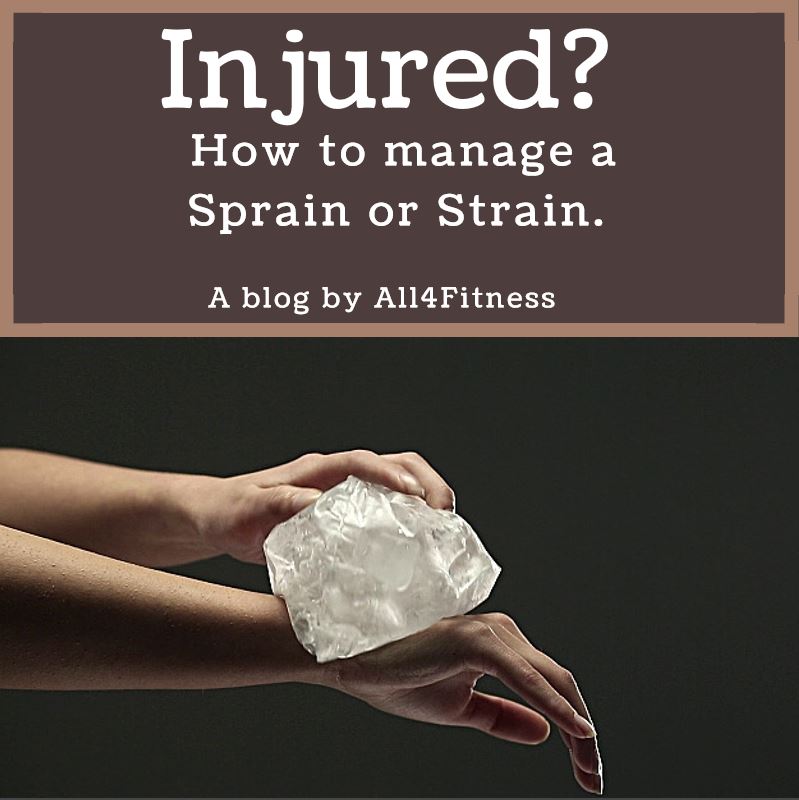Injured? How to manage a Sprain or Strain.
If you have ever been involved in a long term physical activity, chances are you’ve experienced some sort of pull or pop that just didn’t feel right. We can usually relate this feeling to either a sprain or strain. These are very common injuries, especially to those who are very active or regularly play sport. But what’s the difference between the two? I mean, they do sound very similar right.
Basically, a sprain is an injury to a ligament (tissue that connects two or more bones at a joint) and a strain is an injury to a muscle or tendon (the tissue that connects your muscle to bone).
Some common symptoms for your common Sprain may be:
• Pain
• Swelling
• Bruising
• Inability to move or use the joint
Some common symptoms for your common Strain may be:
• Pain
• Muscle Spasms
• Muscle Weakness
• Swelling
• Cramping
• Trouble moving the muscle
Treatment to both sprains and strains are very similar. To reduce swelling and pain in the first day or two, doctors usually say to:
• Rest the injured area. If the ankle or knee is hurt, the doctor might tell you to use crutches or a cane.
• Put ice on the injury for 20 minutes at a time. The doctor might say to do this 4 to 8 times a day.
• Compress (squeeze) the injury using special bandages, casts, boots, or splints. Your doctor will tell you which one is best for you and how tight it should be.
• Put the injured ankle, knee, elbow, or wrist up on a pillow.
• The doctor may recommend taking medicines, such as aspirin or ibuprofen.
After treating pain and swelling, doctors usually say to exercise the injured area. This helps to prevent stiffness and increase strength. Some people need physical therapy. Your doctor or physical therapist will tell you when you can start to do normal activities, including sports. If you begin too soon, you can injure the area again.
It is important to see a doctor if you have a painful sprain or strain. This helps you get the right treatments.



